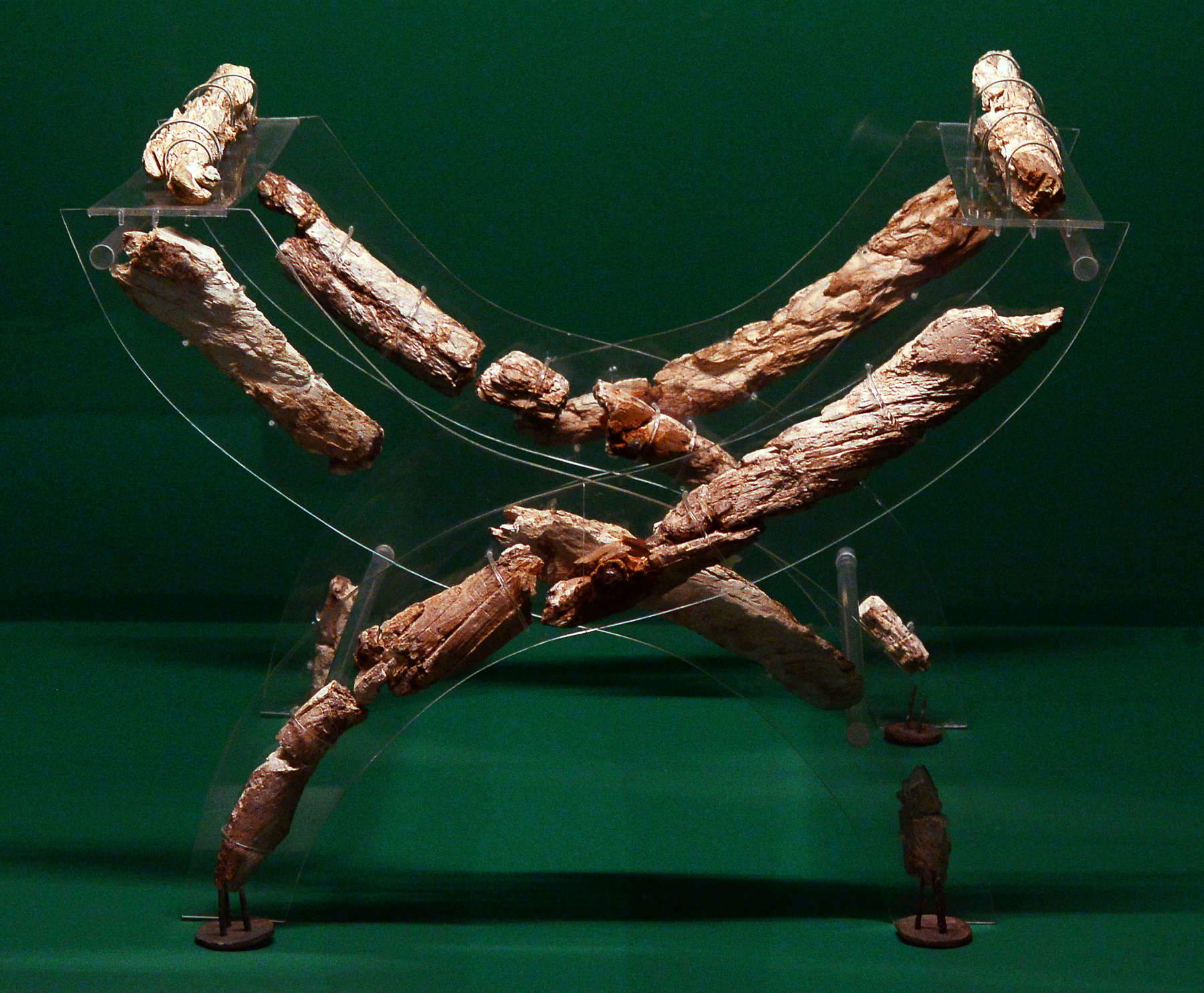The Museo Civico Archeologico di Bologna, in collaboration with the Rotary Club of Bologna Est, has announced the restoration of an extremely rare Etruscan ivory stool from the 6th century B.C, from an Etruscan tomb discovered in 1887 at the Giardini Margherita, during the works of arrangement for the pavilions of the 1888 Esposizione Emiliana: 172 Etruscan tombs had already been discovered at this site earlier, and excavations continued until the 1980s, returning more than 230 tombs, with dates ranging from the second half of the 6th to the early 4th century BC.
This project is part of the In the Lands of the Rasna project, curated by archaeologists Federica Guidi and Marinella Marchesi, with the aim of preserving and enhancing one of the most precious artifacts of Etruscan civilization. The restoration work will be conducted by the company Kriterion and documented with advanced technologies. The stool, already restored in 1984, needs new care because of signs of degradation of the delicate ivory material. It is composed of crossed elephant tusks with bronze feet, a symbol of prestige in Etruscan society. It is speculated that it was a saddle curulis, used by magistrates, suggesting a prominent role for the deceased.
On Wednesday, Oct. 2 and Thursday, Oct. 3, 2024, from 11 a.m. to 1 p.m. and 2 p.m. to 5 p.m., the public will be able to watch the dismantling and documentation of the object at the museum. Restorers Isabella Rimondi, Silvia Ferucci and Elena Betti will be present to answer questions and curiosity. In addition to the restoration, the project includes the creation of a multimedia station that will illustrate the historical and cultural context of the stool. Using 3D scanning technologies and principles of gaming and edutainment, visitors will be able to virtually explore the Etruscan tomb and interact with the artifacts.
The Rotary Club of East Bologna, which is celebrating its 60th anniversary, chose the project as a symbol of its commitment to the preservation of cultural heritage. The Club’s previous endeavors include the restoration of the wax model of the Venerina at the Palazzo Poggi Museum and the Lombard Bacile in the Santo Stefano Complex. The entire project will culminate in the spring of 2025 with the exhibition of the restored artifact and new digital installations.
“The cultural collaboration project with the Rotary Club of Bologna Est on the restoration and enhancement of the ivory stool,” says Eva Degl’Innocenti, director of the Bologna Civic Museums Sector, “is a virtuous example of shared planning between public and service clubs in the name of research, conservation, and sharing of cultural heritage.”
Paola Giovetti, director of the Civic Archaeological Museum of Bologna, adds, “We are pleased to present to our public and especially to the citizens of Bologna the restoration project of the ivory stool from the tomb of Giardini Margherita, one of the most exceptional finds of the Archaeological Museum, from one of the most significant places in our city. Special thanks go to Rotary Bologna Est for their sensitivity in enthusiastically accepting our scientific proposal and allowing not only the recovery and preservation of such an important asset, but also its enhancement through the computer station.”
Finally, Silvia Stefanelli, current president of the Rotary Club of Bologna Est, emphasizes, “The Rotary Club of Bologna Est, which has always been committed to the protection and enhancement of the city’s heritage, in fact, on the occasion of the 60th year since the club’s founding, is financing the project of the conservative restoration of the Etruscan stool exhibited at the Archaeological Museum of Bologna. Rotary is itself part of this ”shared heritage“ and must, more and more, create opportunities to develop a sense of belonging and the conscious responsibility that underlies the care of common goods and heritages. Through various cultural initiatives that will take place between October 2024 and March 2025 and the creation of a computer station, in synergy with the Civic Archaeological Museum, the Club will contribute to transfer to future generations the vestiges of its important past, involving schools, associations, institutions and citizenship in the knowledge of this unique piece in Italy, an Etruscan masterpiece dated to the end of the sixth century B.C.”
 |
| A precious Etruscan ivory stool is being restored in Bologna. Two-day construction site open to the public |
Warning: the translation into English of the original Italian article was created using automatic tools. We undertake to review all articles, but we do not guarantee the total absence of inaccuracies in the translation due to the program. You can find the original by clicking on the ITA button. If you find any mistake,please contact us.